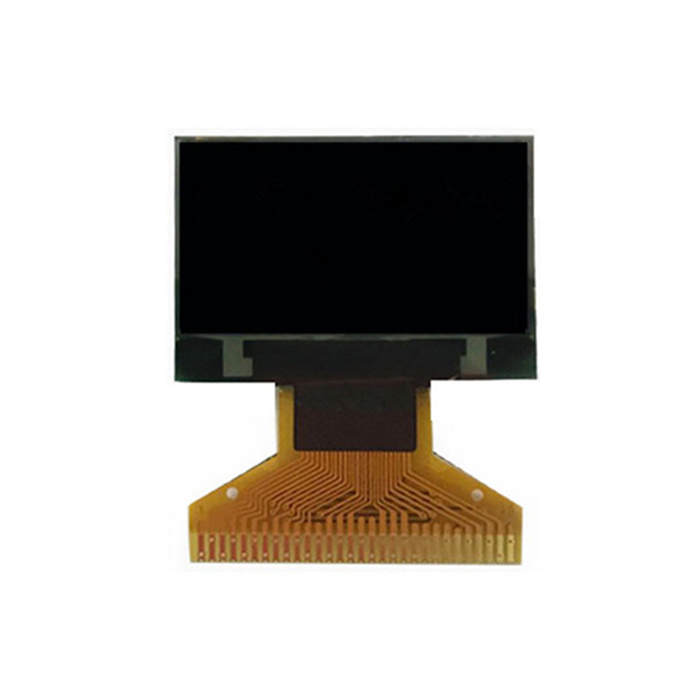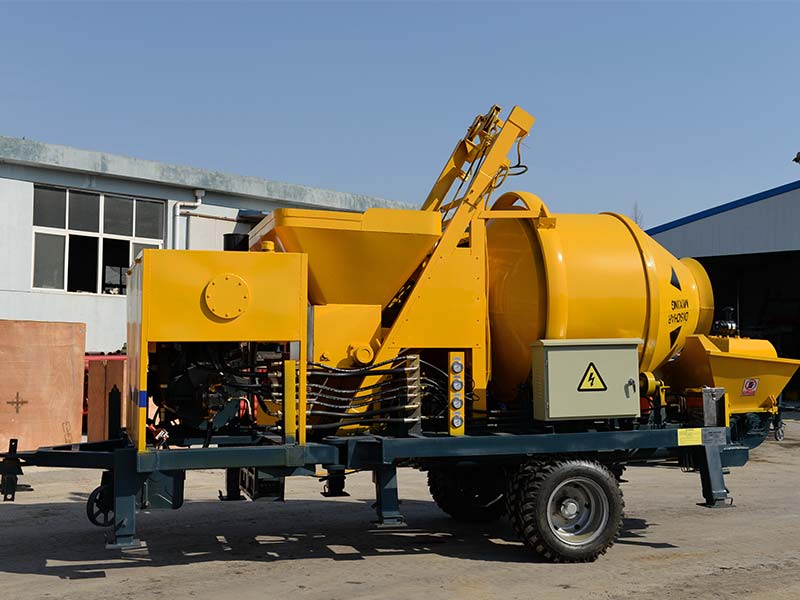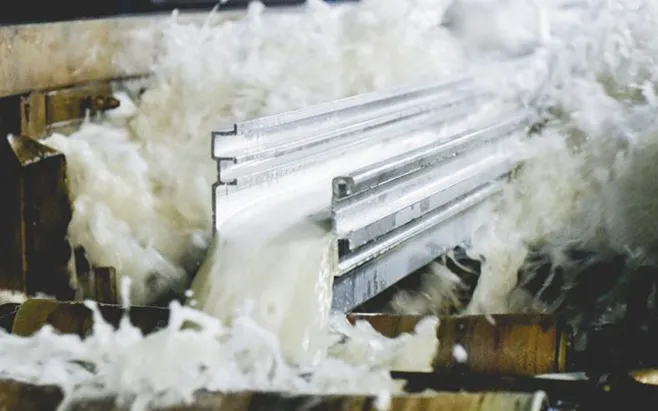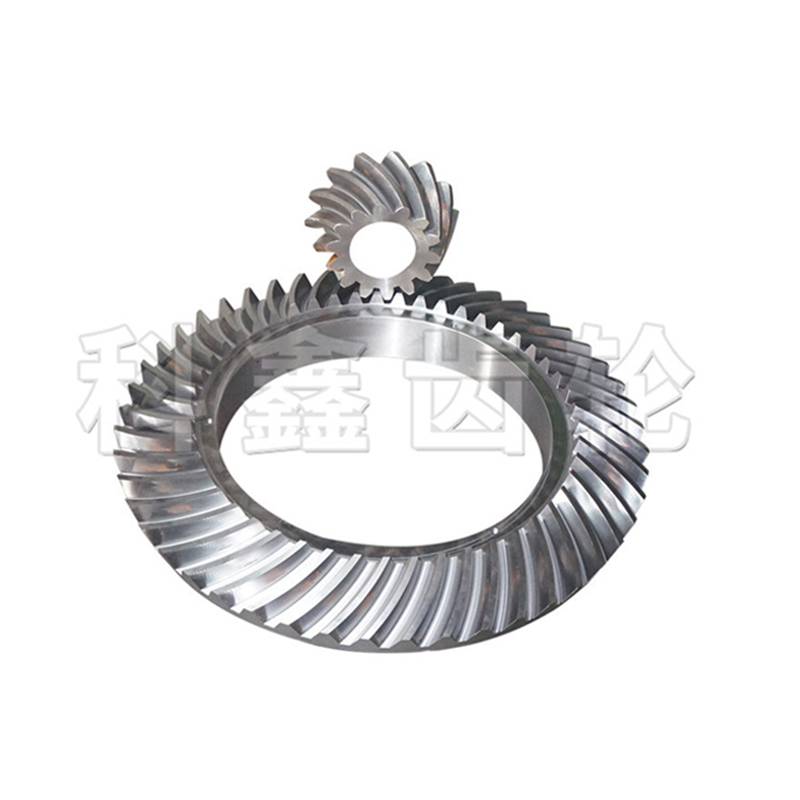What is gray iron castings?
Grey cast iron (gray iron castings) is a type of iron found in castings known for its grey color and appearance caused by graphite fractures in the material. Specifically, what makes grey iron “grey iron,” is the graphite flake structure that is created during the cooling process from the carbon that is in the component.
Grey iron is a result of both the materials used and the process used to cast a part. In other words, the properties of the grey iron will change depending on what materials are melted together to pour into the mold as well as the process that is used for casting (it is primarily the cooling part of the process that defines the characteristics of the cast part versus other parts of the process.).

Grey Iron Magnified to Show the Flakes of Graphite
If you use a powerful microscope you can see the graphitic microstructure that makes grey iron so easily identifiable. In a grey iron casting, you can see little black flakes of graphite. These flakes cause fractures and cause the material to have a grey appearance. The mechanical properties of grey iron are controlled by the size and shape of the graphite flakes present in the microstructure and can be characterized according to the guidelines given by the ASTM.
There are more pounds of grey iron castings produced every year throughout the world than any other type of casting. Just about every manhole cover is from grey iron and the disc brakes on your car are most likely grey iron as well. Other common uses for grey iron include:
Gears
Hydraulic components
Automotive suspension components
Plow shares
Pumps
Linkages
Stove parts
Steering knuckles
Recommended article:
What are the main three functions of a directional control valve in a hydraulic circuit?
The Power of Precision: Plane Thrust Ball Bearings
How Do Indexable Tools Keep Their Edge?
How do Mist Eliminators work in industrial applications?
What is precision surface finishing?
What are the benefits of using a Volvo Diesel Engine?
Can Plastic Be CNC Machined?Tractor parts
Valves
Truck suspension components
Other truck parts
Wind turbine housings.
Weights and counter-weights
Machinery bases
The popularity of grey cast iron components (gray iron castings) is because grey iron is one of the cheapest types of iron castings to produce. It has acceptable ductility, tensile strength, yield strength, and impact resistance for most applications. Grey Iron is also excellent in its ability to dampen vibrations making it ideal for machinery bases and as well as many housing applications. Grey iron has high thermal conductivity meaning it moves heat more easily through the metal.
A final benefit of grey iron castings is its ability to withstand thermal cycling well. Thermal cycling is where the component goes back and forth between warmer and colder temperatures. While thermal cycling can create stress and premature failure in some types of metal castings, grey iron has proven to endure the strain of thermal cycling quite well and not stress as easily.
While grey cast iron has less tensile strength and shock resistance than most other castings or even steal, it has compressive strength that is comparable to low- and medium-carbon steel. These mechanical properties are controlled by the size and shape of the graphite flakes present in the microstructure.
What are the Material Properties vs. Casting Processes?
Material properties come from the makeup of the materials present. Some of the materials are added to the iron for strength while others are added to improve castability (affecting melting temperatures, etc.). The properties of all metals are also influenced by the way they solidify during cooling. If you change the cooling process, you automatically change the structure of the metal in its final state. How the cast part cools can be affected by how the metal is introduced into the mold, the pouring temperature, and the process and speed of cooling. One of the difficulties in making a quality casting is to account for the way a part will cool in different parts of the mold, accounting for both thick and thin areas of the mold.
What is the Composition of Gray Cast Iron?
Just like all cast iron parts, the primary component of Grey Iron is going to be the iron (no surprise there, right?). Just like most other cast irons, it also has 2.5–4.0% carbon and 1–3% silicon. If you look at Chart 2 you will notice that the composition of the iron is very close to other common cast parts, but with a little more phosphorus.
| Iron Family | Gray | Ductile | CGI | Malleable | White |
| Carbon | 2.5-4.2 | 3.0-4.0 | 2.5-4.0 | 2.2-2.8 | 1.8-3.6 |
| Silicon | 1.0-3.0 | 1.8-3.0 | 1.5-3.0 | 1.2-1.9 | 0.5-2.0 |
| Manganese | 0.15-1.0 | 0.1-1.0 | 0.10-1.0 | 0.15-1.2 | 0.15-0.8 |
| Sulfur | 0.02-0.25 | 0.01-0.03 | 0.01-0.03 | 0.02-0.2 | 0.02-0.2 |
| Phosphorus | 0.02-1.0 | 0.01-0.1 | 0.01-0.1 | 0.02-0.2 | 0.02-0.2 |
What is the Microstructure of Grey Cast Iron
Grey iron has graphite flakes entwined with the rest of the structure. Unhardened grey iron is “fragile” compared to other cast metals. The graphite flakes create areas of weakness in the metal where fractures can begin that will split the metal. This propensity to fracture is why grey iron has low tensile and impact strength. Yet the graphite flakes are what create great wear resistance because as friction occurs the graphite acts as a lubricant. The graphite structure also has great vibration dampening properties because the structure created by the graphite flakes helps cancel out vibrations.
What are the application fuilds of rapid prototyping process?
What is precision surface finishing?
What are Radiant Tubes?
What are the advantages of Spiral Bevel Gears?
What are the common types of bearings used in electric motors?
What is a CAN Bus Display and how does it work?
How many years do bellow seal valves last?







